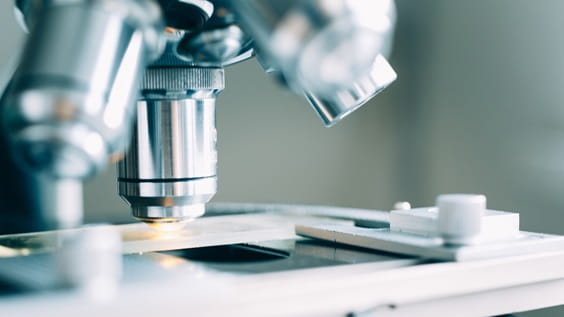AI – Artificial Intelligence
Summary
Artificial intelligence is all around us. It is part of everyday life, and gaining ground all the time. The investment opportunities are many and varied. The “creative power of destruction” is unstoppable. On the contrary. And it’s only just beginning.
Understand. Act.
- Artificial intelligence (AI) is all around us. It is part of everyday life, and gaining ground all the time.
- Machines’ ability to learn comes from their virtually unlimited ability to process data, thanks to cheap storage capacities, cloud solutions and ever increasing processor speeds.
- Data and computing power allow structures to be recognized in what could previously not be structured, and enable new applications, for example in the healthcare sector, the “smart home”, or the self-driving car.
- AI also lies behind the development of “Industry 4.0”, also known as the “Fourth Industrial Revolution”.
We have got used to computers being able to check-mate world chess champions. Victory over the world Go champion was another milestone. Shortly after-wards, the world’s best poker player also lost to a computer (or rather, the underlying algorithm).
Progress has been astonishingly swift: while chess moves are relatively straightforward – at least for a computer brain – in the Chinese board game of Go there are more moves than there are atoms in the universe. Interestingly, the machine won not by working out these moves in advance, but by a ruse. This is reminiscent of artificial intelligence, or “AI” for short. Poker presents a similarly difficult challenge: how do electronic circuits recognize a bluff – in other words, an attempt to deceive?
What is artificial intelligence?
So what exactly is artificial intelligence (AI)?
One definition of AI is “the branch of computer science that is concerned with the automation of intelligent behavior.” Generally it is about “replicating human-like intelligence, that is to say, building or programming a computer in such a way that it can solve problems on its own.“ 1 The origins of AI go back around 70 years and started with researchers such as Alan Turing, Marvin Minsky and John McCarthy.
AI has already arrived in our everyday lives
The programs and algorithms behind artificial intelligence are already part of our lives. They are called “Siri” (Apple), “Cortana” (Microsoft), “Echo” (Amazon) or “Google Translate” and are there to make our lives easier. They rely on circuits whose computing power – unlike the human brain – can be expanded indefinitely, and which are fed with data.
Apart from “Siri” and its friends, AI 2 has long been part of many everyday applications: social media platforms which filter information, video analysis for security monitoring, applications in the healthcare sector (an Indian company already performs up to 100,000 diagnoses per day with AI), algorithms that write sports reports or business analyses … even legal opinions are produced using AI, with databases working in the background which it would take humans an eternity to comb through.
AI is part of everyday life. AI is our future. As many as 50 billion objects, all generating continuously analyzable data, will be connected to the “Internet of Things” by 2020. The “smart home” in which your fridge orders new supplies when food is running low, or the self-driving car, are keywords that are becoming part of every-day usage. But that is not only where you find AI: AI also lies behind the development of “Industry 4.0” or what has been called the “Fourth Industrial Revolution”. The Industrial Revolution, which began with mechanization, can be broken down into several stages that reflect the development of production technology. It started with mechanization (looms), moved on to mass production with conveyor belts, then the introduction of IT and finally the world of AI and connected machines.

1 See Wikipedia on AI, last reviewed on 19 April 2017.
2 In this analysis, “artificial intelligence” and “AI” are used interchangeably.
Healthcare

Summary
How the Artificial Intelligence revolution is reshaping our lives








